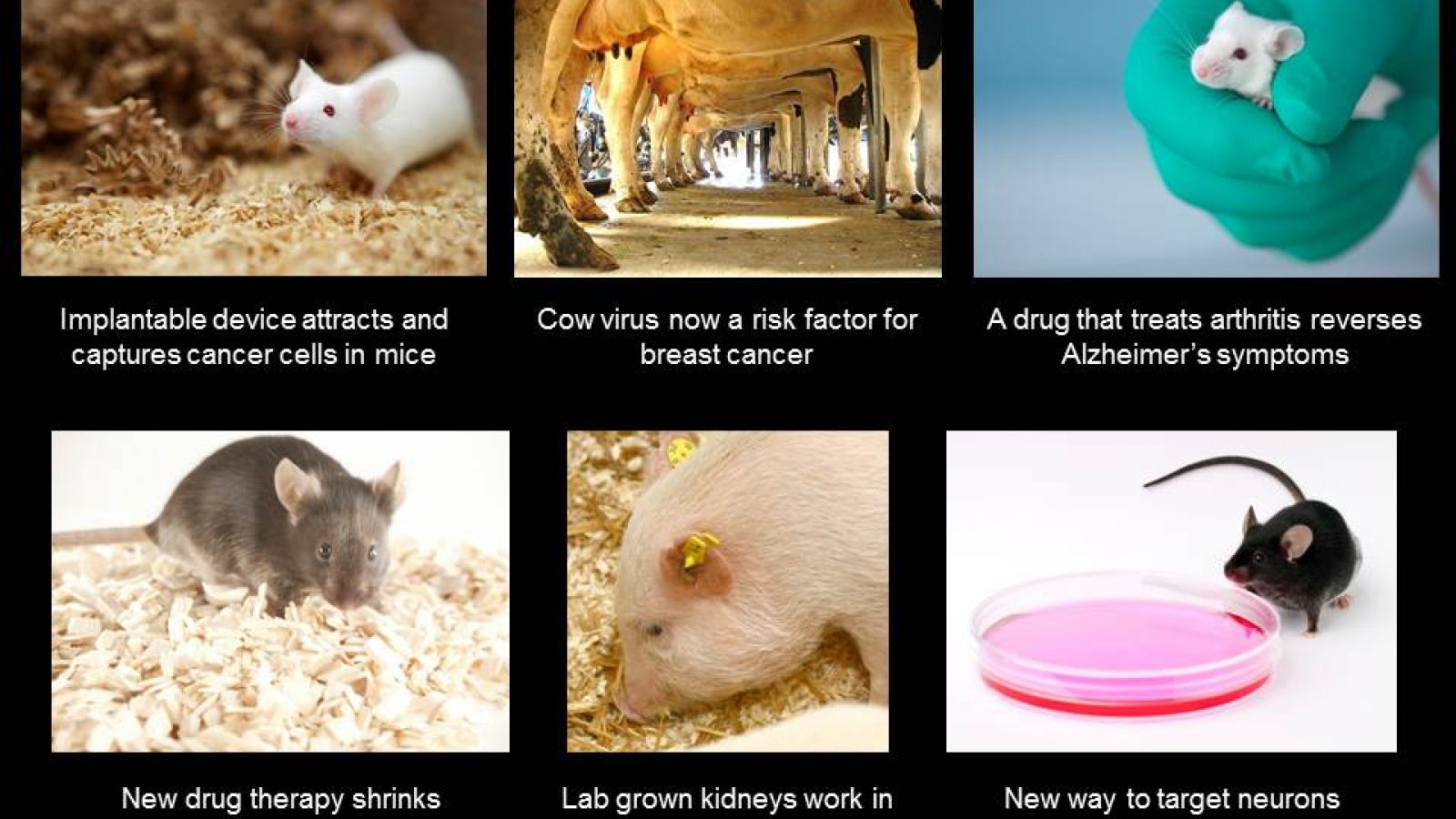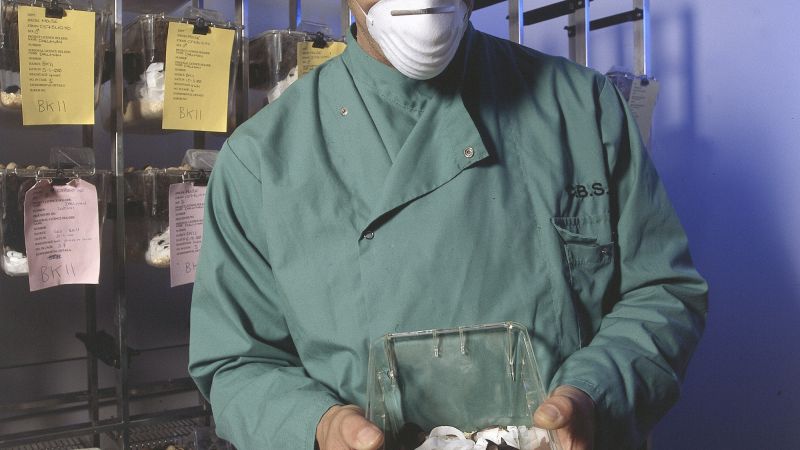21/09/15
Implantable Device Attracts and captures cancer cells in mice
Researchers at the University of Michigan have created an implantable cancer detector which attracts cancer cells to it by mimicking a patient’s immune natural response to the disease. The device was implanted just beneath the skin of mice and allowed the researchers to detect cancers in other parts of the body
Lonnie Shea, of the University of Michigan, said:
"Cancer cells are placed into the mammary gland of the mouse, and a scaffold is also placed either into the abdominal cavity or subcutaneous space. We would retrieve the scaffold at later times and look for the presence of cancer cells. We would also compare the number of cancer cells in the lungs and liver for mice that received an implant and those that did not,"
http://www.alnmag.com/news/2015/09/implantable-device-attracts-captures-cancer-cells-mice
22/09/15
A drug that treats arthritis reverses Alzheimer’s symptoms
Researchers at the Gladstone Institutes have found that the painkiller salsalate, which is used to treat rheumatoid arthritis, has reversed the symptoms of dementia in mice. Memory loss in Alzheimer’s disease is characterized by neurofibrillary tangles, which are due to an accumulation of tau protein in the brain. When the painkiller was given to mice suffering from another form of dementia the chemical changes (acetylation) relating to tau protein reversed, causing the mice to regain their memory abilities and have reduced levels of the damaging protein in their brains. With more research it is hoped that salsalate will provide an effective treatment for Alzheimer’s disease.
Doug Brown, director of research and development at Alzheimer’s Society, said: “As this drug is already prescribed to people with arthritis we know a lot about how it works and its side effects – what we need now is confirmation of whether it works for people with dementia. Salsalate is currently in a clinical trial for another brain disease, progressive supranuclear palsy, and we look forward to seeing the results as they could be indicative of its potential as a treatment for dementia. Repurposing existing treatments for other conditions offers real hope of delivering a new dementia treatment within five to 10 years – which is why Alzheimer’s Society is currently funding a number of studies in this area, including a treatment for type 2 diabetes and another drug for arthritis.”
http://www.nature.com/nm/journal/vaop/ncurrent/full/nm.3951.html
Lab grown kidneys work in animals
In the UK more than 6,000 people are waiting for a kidney but due to a lack in donors at least half of these will not receive a transplant and approximately 1 patient a day will die because of this. Fortunately, scientists have been able to grow kidneys in the lab using human stem cells and when transplanted into pigs and rats, they have worked, passing urine, like natural ones. Whilst more research is needed before human trials can commence, the end result of creating organs suitable for transplantation into people is a step closer.
Prof Chris Mason, an expert in stem cells and regenerative medicine at University College London, said,
"This is an interesting step forward. The science looks strong and they have good data in animals. But that's not to say this will work in humans. We are still years off that. It's very much mechanistic. It moves us closer to understanding how the plumbing might work. At least with kidneys, we can dialyse patients for a while so there would be time to grow kidneys if that becomes possible."
http://www.bbc.co.uk/news/health-34312125
23/09/15
New drug therapy shrinks pancreatic tumours in mice
Researchers at the Stanford University School of Medicine have effectively shrunk pancreatic tumors in laboratory mice using a combination of the two drugs, JQ1 and vorinostat. Whilst JQ1 was able to shrink pancreatic tumors in mice when tested independently it did not affect likelihood of survival, however when tested in combination with vorinostat, an FDA approved drugs used to treat cutaneous T cell lymphoma, mice displayed a significant reduction in tumor size, increase in survival time and no noticeable side effects. Because vorinostat is already FDA approved the researchers hope that trials in humans with pancreatic cancer can begin soon and that the drug combination will be successful at treating one of the most deadly of all human cancers.
Julien Sage, PhD, associate professor of pediatrics and of genetics at the Stanford Cancer Institute said,
"The effect of JQ1 treatment was OK. So Pawel had the idea to look for drug combinations that might have a synergistic effect. It happened that the drug that worked best was another epigenetic drug called vorinostat. On its own, vorinostat didn't work very well, but when combined with JQ1 it showed a very strong synergistic effect in both the laboratory mice with pancreatic cancer and in pancreatic cancer cells from people with the disease."
http://www.eurekalert.org/pub_releases/2015-09/sumc-cd091715.php
New way to target neurons affected by Parkinson ’s disease
Researchers from Imperial College London and Newcastle University have found a new way to target cholinergic neurons in the brain that are affected by Parkinson's disease. Current treatment for the disease includes severe side effect inducing drugs or deep brain stimulation, however this new technique is a relatively non-invasive and more precise alternative, designed to target and stimulate the cholinergic neurons. Rats displaying symptoms of Parkinson’s disease were given a drug designed to activate these target neurons which allowed them to make an almost complete recovery and move normally. The researchers are hoping the treatment can be transferred into people within ten years.
Dr Ilse Pienaar, Honorary Lecturer in Neuroscience at Imperial College London said,
“This study confirms that cholinergic neurons are key to the gait problems and postural instability experienced by advanced Parkinson’s disease patients. It also suggests that it’s possible to target those cells that remain to compensate for those that are no longer functioning effectively, possibly due to weak communication between nerve cells. If we can transfer this technique into people, we believe this could help patients regain mobility."
http://www3.imperial.ac.uk/newsandeventspggrp/imperialcollege/newssummary/news_22-9-2015-10-43-26
24/09/15
Cow virus now a risk factor for breast cancer
So far, viruses have been implicated in six different human cancers and now a recent study link between the commonest cancer causing virus of cattle – bovine leukaemia virus - and breast cancer. The virus predominantly targets blood cells, but it can also infect mammary cells and be detected in cow’s milk. Although pasteurization renders the virus harmless, scientists were worried that exposure to food products could lead to human infection, but it wasn’t until last year that we know they can actually be transmitted to humans. If future, more in-depth studies bolster these findings and manage to establish a causal role for this virus, then it could have significant implications for breast cancer research and control, which presently focuses on treatment rather than prevention.
http://www.iflscience.com/health-and-medicine/cow-virus-now-risk-factor-breast-cancer
Last edited: 28 July 2022 08:37




